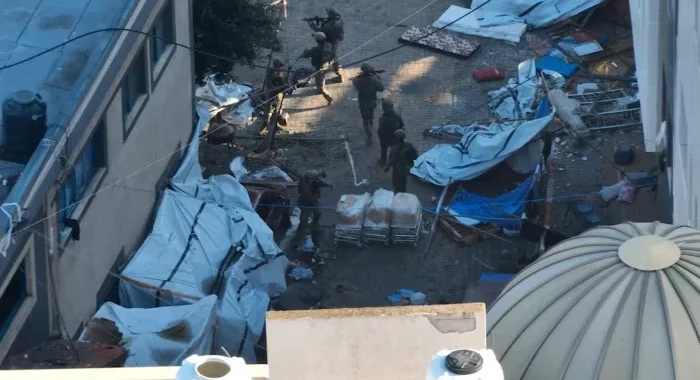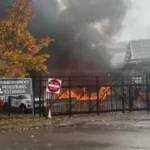China Flies 103 Warplanes to Taiwan: What’s Next?
China’s Recent Surge in Military Air Activity Toward Taiwan Raises Tensions
TAIPEI, Taiwan — In a concerning turn of events, China’s military has sent an unprecedented 103 warplanes towards Taiwan within a 24-hour period, marking a sharp escalation in tensions in the region. The Taiwan Defense Ministry has labeled this incident as a “recent new high” in terms of such military activity.
The alarming development unfolded between 6 a.m. on Sunday and 6 a.m. on Monday, as reported by the defense ministry. Fortunately, in line with the customary practice, these warplanes turned back before reaching the shores of Taiwan. While it’s common for Chinese warplanes to approach the self-governing island regularly, the sheer number involved in this incident has raised eyebrows. The Taiwan ministry did not specify what it meant by a “recent” high, leaving some room for interpretation.
It’s crucial to understand the context of this uptick in military activity. China has long regarded Taiwan as part of its territory and has been steadily increasing military drills in the air and waters around the island. These actions have been driven by growing tensions between China and Taiwan, as well as the United States’ involvement. The U.S. remains Taiwan’s primary arms supplier and staunchly opposes any attempt to alter Taiwan’s status through force.

China’s official stance has been to encourage Taiwan to reunify voluntarily, and recently, it unveiled a plan for an integrated development demonstration zone in Fujian province. This plan can be seen as a carrot-and-stick approach, where economic incentives are combined with military pressure.
Observers speculate that this surge in military activity may be an attempt to influence Taiwan’s upcoming presidential election in January. The governing Democratic Progressive Party, which leans towards formal independence for Taiwan, is a source of contention for the Chinese leadership. China typically favors opposition candidates who advocate for closer ties with the mainland.
In response to these developments, the presidential candidates in Taiwan have not issued immediate comments.
Taiwan’s Defense Ministry disclosed that 40 of the 103 planes crossed the symbolic median line between mainland China and the island. This group included more than 30 fighter jets and midair refueling tanker planes. Additionally, Taiwan reported the presence of nine Chinese naval vessels in its waters over the previous 24 hours.
The Taiwanese ministry has characterized China’s actions as “harassment” and warned of the potential for further escalation in the already tense atmosphere. They have urged Beijing to take responsibility and immediately cease such “destructive military activities.”
Chinese Foreign Ministry spokesperson Mao Ning, when questioned about the military activity, dismissed the concept of a “median line,” asserting that Taiwan is an integral part of Chinese territory.
These developments come on the heels of China dispatching a flotilla of ships, including the aircraft carrier Shandong, into waters near Taiwan. This move was closely followed by the U.S. and Canada sailing warships through the Taiwan Strait, the body of water that separates the island from the mainland.
The history of Taiwan and China’s separation dates back to 1949 when the Communist Party took control of China during a civil war. The defeated Nationalists retreated to Taiwan, where they established their government.
It’s important to note that only a handful of foreign nations officially recognize Taiwan diplomatically. The United States and others maintain formal ties with China while also maintaining representative offices in Taiwan. This diplomatic situation adds a layer of complexity to the ongoing tensions in the region, which will undoubtedly continue to evolve.
By: M Z Hossain, Editor Sky Buzz Feed















